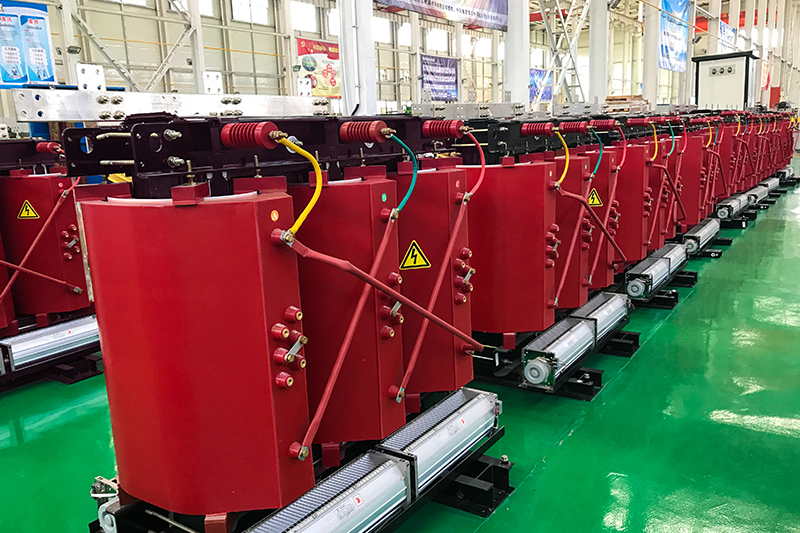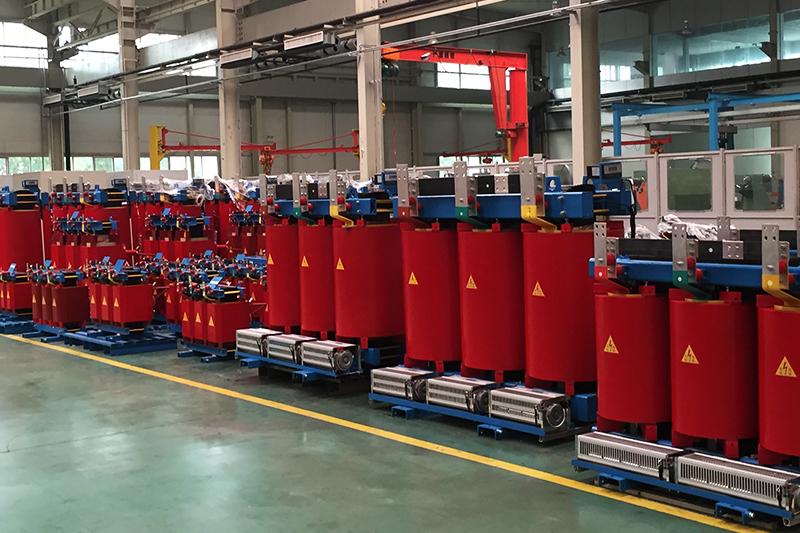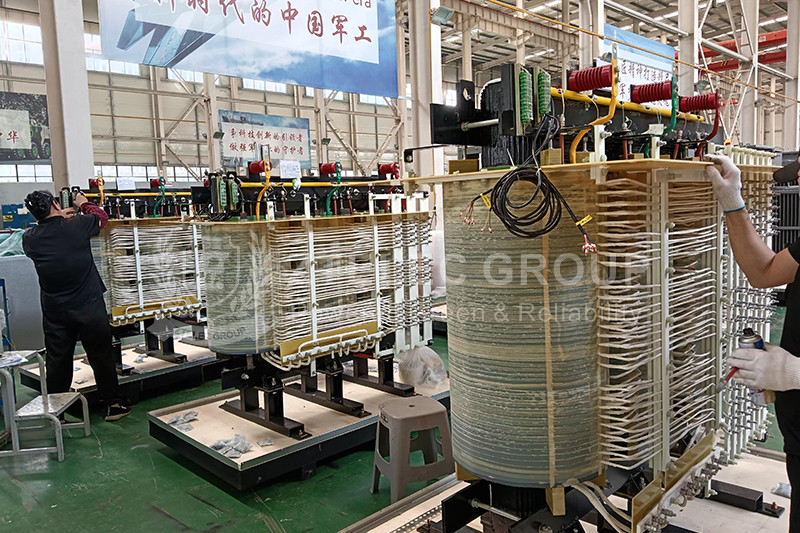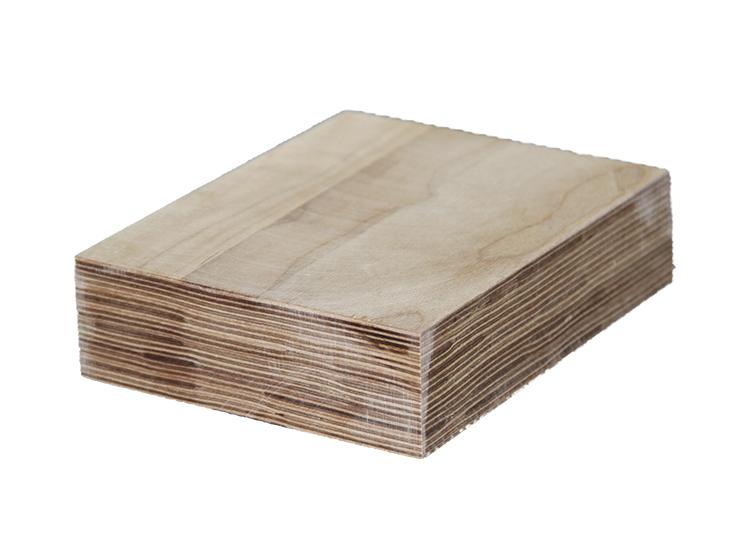SCB10 vs SCB11 vs SCB12: Detailed Comparison of Dry-Type Transformer Models
Dry-type transformers are essential in modern power systems due to their safety, fire resistance, and low maintenance needs. Among the most widely used models are SCB10, SCB11, and SCB12. Each model offers distinct advantages in terms of energy efficiency, power loss, design, cost, and applicability. This guide offers a detailed comparison to help you make an informed selection based on your specific requirements.

SCB10 Dry-Type Transformer
The SCB10 represents an earlier generation of dry-type transformers. It features traditional electrolytic copper windings and vacuum epoxy resin casting, combined with a basic air-cooled system.
Advantages: The main benefit of SCB10 is its low upfront cost—around 15% to 20% cheaper than SCB11 or SCB12 models. This makes it ideal for cost-sensitive projects where energy efficiency is not a primary concern.
Disadvantages: SCB10 has high no-load and load losses, resulting in energy consumption that exceeds modern standards by over 30%. With the enforcement of the GB 20052-2020 efficiency standard, SCB10 no longer meets Level 3 energy requirements and has been largely phased out of the market.
Structurally, the laminated core leads to high hysteresis losses, and the model's eddy current loss control is limited, making it less suitable for modern energy-saving goals.
SCB11 Dry-Type Transformer
The SCB11 is an improvement over SCB10, offering a 10%–15% reduction in no-load losses and a 5%–10% decrease in load losses. Some SCB11 models feature foil windings that help reduce resistance and enhance thermal performance.
Advancements in resin materials also contribute to improved heat dissipation. Although the initial cost is about 10%–20% higher than SCB10, SCB11 offers a better long-term return through lower energy losses.
However, like the SCB10, SCB11 also falls short of the updated Level 3 efficiency requirement and is no longer compliant with national energy policies, making it less viable for future projects.
SCB12 Dry-Type Transformer
As the most advanced model among the three, SCB12 significantly enhances performance. It delivers up to 20% lower no-load losses and 10%–15% lower load losses compared to SCB11.
Technological highlights include the use of high-permeability materials such as amorphous alloys or premium cold-rolled silicon steel, along with thinner insulation. Some versions even utilize three-dimensional wound core designs to further minimize magnetic losses.
Although SCB12's initial cost is roughly 15%–25% higher than SCB11, the energy savings allow for a payback period of 3 to 5 years in most cases.
SCB12: A Smart Choice for Balanced Projects
While SCB12 is still classified under Level 3 in the new national standards, it far outperforms the older SCB10 in actual energy efficiency. It also features excellent reliability, reduced operational noise, and lower maintenance needs, making it a strong candidate for environments where moderate energy savings and cost efficiency are both required.

Key Differences Between SCB10, SCB11, and SCB12
Noise Level
SCB12 typically operates under 50dB due to optimized magnetic circuits and resin damping, making it suitable for schools, hospitals, and commercial zones.
Overload Capacity
SCB12 handles short-term overloads better thanks to improved materials and thermal design, offering more flexibility in high-demand applications.
Size and Weight
While SCB12 may appear more compact in some models, the physical dimensions vary depending on the design and should be evaluated on a case-by-case basis.
Summary Comparison Table
| Model | No-Load Loss | Load Loss | Energy Efficiency | Cost | Status |
|---|---|---|---|---|---|
| SCB10 | High | High | Outdated | Low | Phased out |
| SCB11 | Medium | Medium | Outdated | Medium | Phased out |
| SCB12 | Low | Low | Compliant | High | Recommended |
Future Trends: From SCB12 to SCB14 and Beyond
As China’s dual-carbon targets push for higher energy efficiency, the transformer industry is shifting toward newer models like SCB14 and SCB18. These offer even lower losses, better temperature rise control, and intelligent monitoring capabilities. Over time, SCB12 will likely become the new baseline, with SCB14+ models driving the next wave of upgrades in industrial and utility applications.
SCB10, SCB11, and SCB12 transformers serve as key stages in the evolution of dry-type transformer technology. Each has strengths and weaknesses that cater to different project needs. As regulations tighten and energy efficiency becomes a priority, SCB12 has emerged as the most practical and forward-compatible choice for modern facilities.
- more+releated article
- 2025-10-21Application of K Factor Transformer
- 2025-10-21Detailed explanation about transformer model w
- 2025-10-2010kV Oil-Immersed Transformer Safety: Lightnin
- 2025-10-20What are The Advantages of Phenolic Cotton Clo
- 2025-10-17Are Three-Phase Isolation Dry-Type Transformer
- 2025-10-17G10 Epoxy Sheet: Choosing the Right Specificat
- 2025-10-1610kV Oil-Immersed Transformer Operation Inspec
- 2025-10-163240-B Epoxy Phenolic Glass Fiber Cloth Lamina
- 2025-10-15G10 Epoxy Sheet: The Preferred Insulation Mate
- 2025-10-15Analysis of Energy-Saving and Noise Control Te





